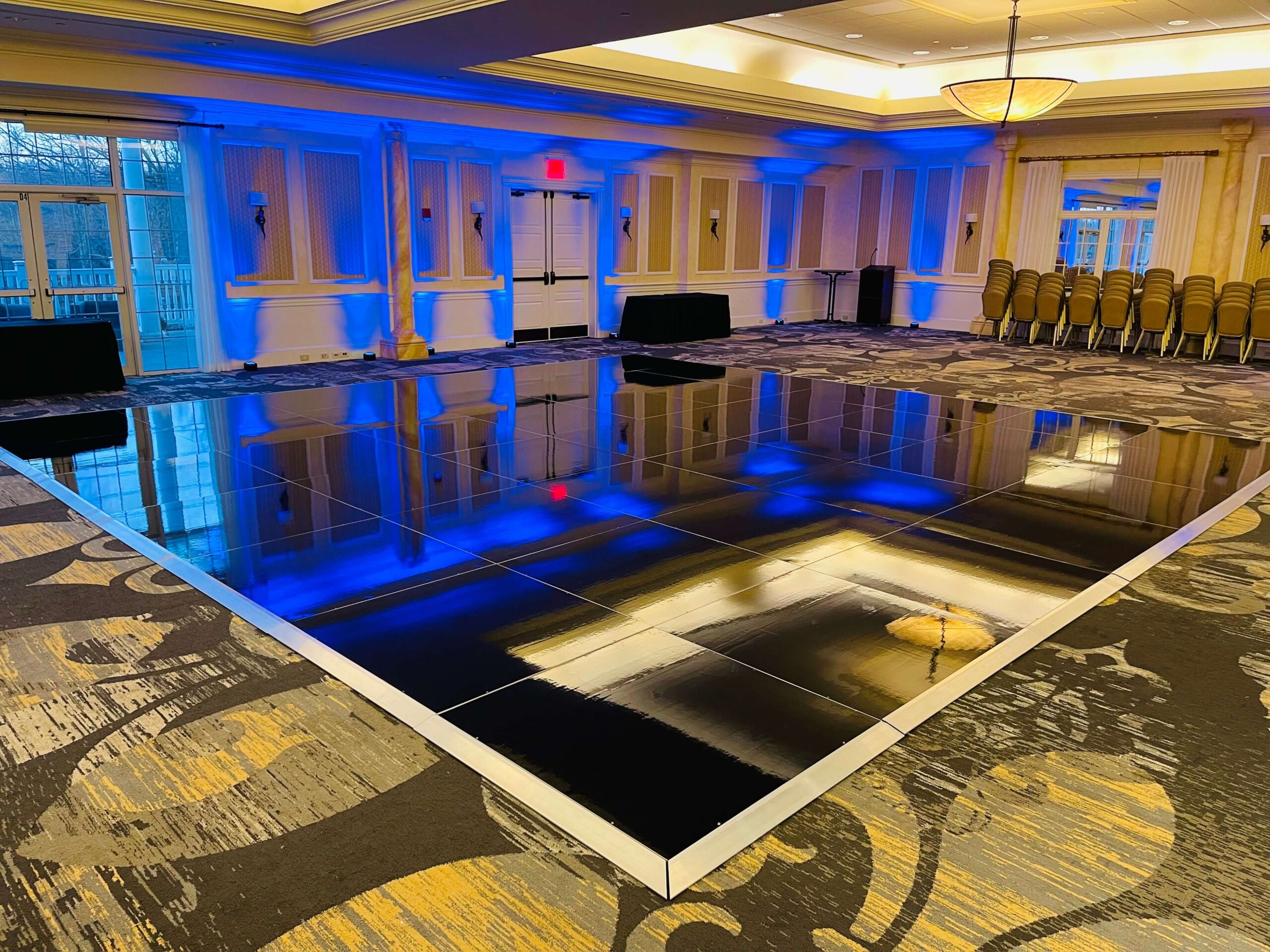Innovative Design Trends Molding the Future of Engaging LED Performance Surfaces
Interactive light-emitting diode dance surfaces are progressively popular in multiple entertainment venues, such as nightclubs, concerts, and gatherings. These floors utilize cutting-edge technology to create vibrant light showcases that react to music and motion. As innovation continues to advance, several innovative styling patterns are shaping the future of these interactive dancing surfaces. These patterns not only enhance the aesthetic experience but also improve participant engagement and create a more engaging environment for performers and audiences alike.
One notable pattern in interactive LED dancing floors is the incorporation of intelligent technology. Many recent designs feature detectors that detect motion and adjust the lighting accordingly. This implies that the surface can change colors, designs, and effects based on how many people are moving and their location they are located. This reactivity creates a lively setting that encourages involvement and excitement. Additionally, some models allow users to manage the lighting through smartphone apps, providing them the power to customize their experience in the moment.
Another important pattern is the use of eco-friendly materials and energy-efficient tech. As environmental issues grow, many creators are focusing on developing LED dancing floors that are not only aesthetically stunning but also sustainable. This includes using recycled materials for the surface's construction and adopting power-efficient light-emitting diode illumination. These advancements help minimize the carbon impact of gatherings while still providing a captivating aesthetic experience. By focusing on sustainability, creators are appealing to a more ecologically conscious crowd.
The incorporation of enhanced virtual try this web-site reality (AR) is also changing the responsive dance surface experience. AR tech allows participants to view virtual images and visuals overlaid on the physical environment through their smartphones or AR spectacles. This can improve the dance surface experience by adding digital elements that engage with the real space. For instance, dancers might see animated figures or visual displays that react to their movements, producing a unique and engaging environment. This pattern is particularly attractive to millennial audiences who are familiar to digital engagements in their daily lives.
Additionally, the design of responsive light-emitting diode dance surfaces is growing more versatile and adaptable. Many new designs can be readily installed in different environments, from temporary events to permanent setups. This flexibility enables venues to develop customized experiences that address to various themes and crowds. Some models even feature interchangeable parts that can be rearranged to create varied shapes and layouts. This adaptability not only improves the aesthetic attractiveness but also enables for creative expression in gathering planning.
In conclusion, the future of responsive LED dance floors is being shaped by creative styling trends that focus on innovation, eco-friendliness, augmented reality, and flexibility. These developments are creating more engaging and captivating encounters for users, making dance surfaces a key feature of entertainment locations. As these patterns continue to evolve, they will likely reshape how individuals interact with sound and motion, guaranteeing that interactive LED dancing surfaces stay a popular choice for events and festivities.